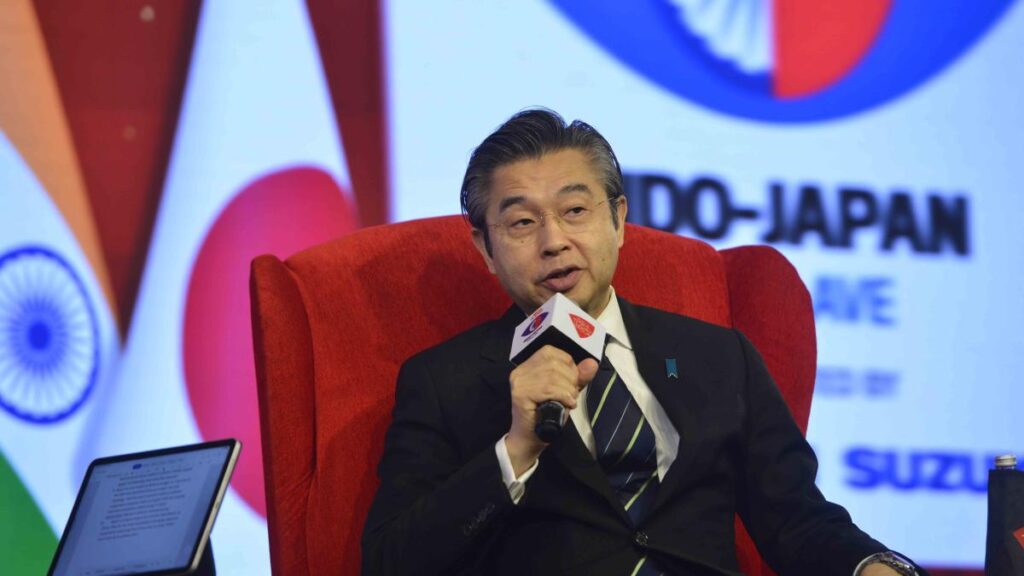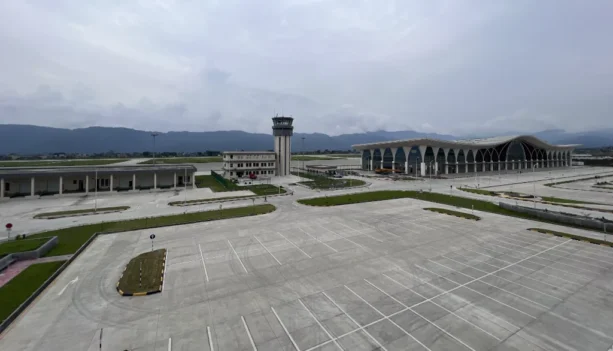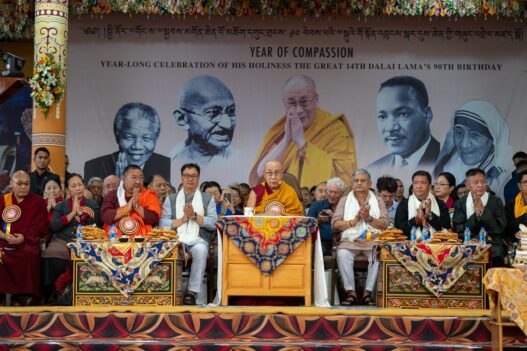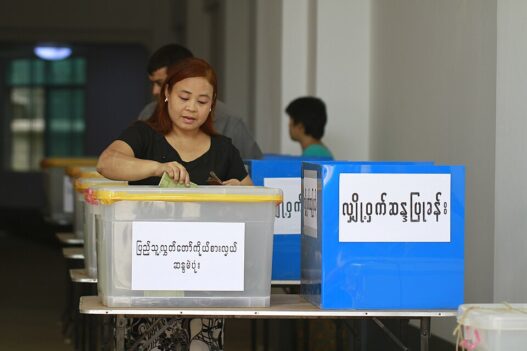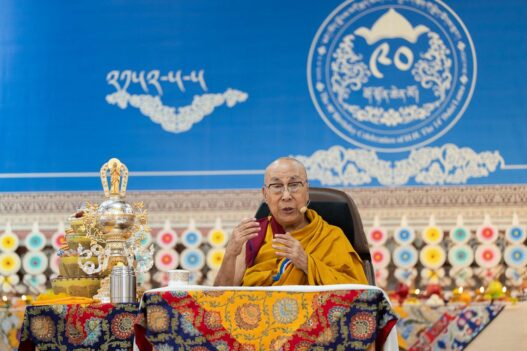Japan is the most significant foreign development partner for both the northeastern states and Bangladesh.
Japanese Ambassador Hiroshi Suzuki highlighted Japan’s aim to enhance synergy in its development cooperation efforts between India’s northeastern states and neighbouring Bangladesh. This includes leveraging the Matarbari sea port to establish a novel industrial value chain.
Japan is the largest foreign development partner for both the northeastern states and Bangladesh, and it is playing a pivotal role in constructing the Matarbari deep seaport in Cox’s Bazar district. In March, the Japan International Cooperation Agency (JICA) extended three infrastructure construction loans worth $1.2 billion for the port project.
Japan’s efforts in this region will replicate its achievements with the Southern Economic Corridor (SEC), which links Thailand, Cambodia and Vietnam. However, the work is expected to be completed in a much shorter time than the nearly three decades it took to create the Southeast Asian corridor. The SEC led to not just connectivity but a new industrial value chain emanating from Bangkok and going through Phnom Phen and Ho Chi Minh City, Suzuki said.
“We want to achieve a similar story by harnessing the Matarbari deep seaport. JICA is now working very hard in Bangladesh to develop this deep seaport [which] can be a game changer. Big container ships can come here, and from Matarbari, you can export anywhere in the world,” Suzuki said. PM Kishida first unveiled his vision for a “Bay of Bengal-Northeast India industrial value chain concept” during a critical policy speech delivered in New Delhi on March 20.
JICA’s work to build roads and bridges in India’s northeast and Bangladesh has proceeded on separate tracks. “What Prime Minister Kishida wants to do is to connect these two so that India’s northeast can become a natural destination for prospective future investment,” Suzuki said.The Matabari seaport is expected to become commercially operational in 2027, which will also drive regional investments. Kishida wants to create a new industrial value chain to use “these connectivities to the fullest extent possible”. Suzuki recently travelled to Tripura to convene a Track 1.5 conference attended by the Union minister for development of the northeastern region G Kishan Reddy, Bangladesh’s maritime transport minister, deputy foreign ministers of both countries and top businesspersons.
“I think I succeeded in making the first step towards sharing Prime Minister Kishida’s vision…Now, JICA has applied to implement a study on cross-border connectivity and traffic covering India’s northeast, and JICA will also conduct similar studies on the Bangladesh side,” Suzuki said.
He said that Japan would encourage business leaders to take a “fresh look at India’s northeast, to harness its potential fully” However, this process cannot be completed overnight. Suzuki said he wants to shorten the time for the connectivity initiatives in India’s northeast. “Japan cannot do this alone. We need all the help we can get from our friends in India and Bangladesh,” he said.
Source: HindustanTimes

